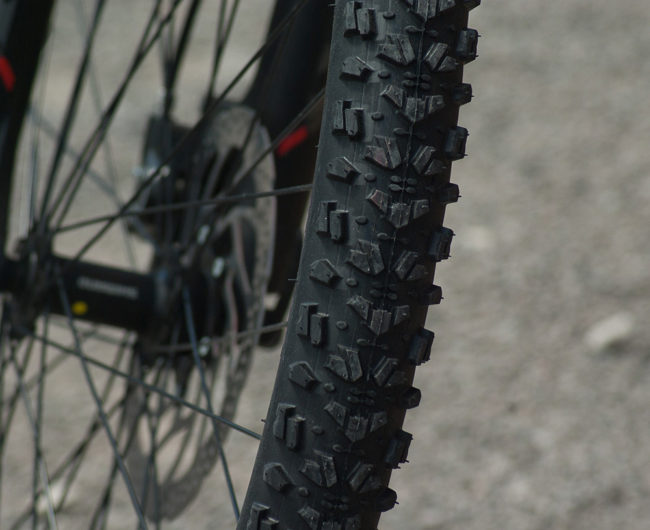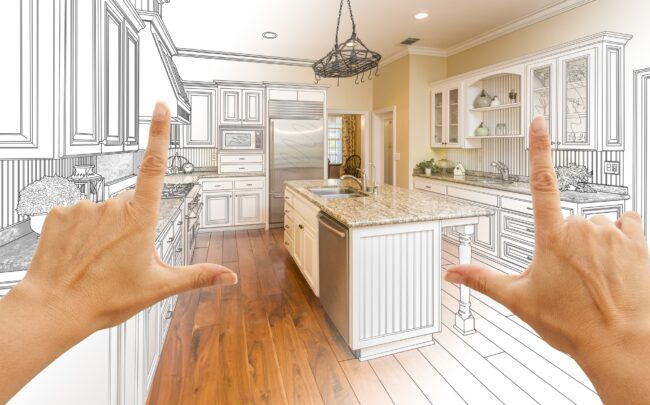Approximately 100 million Americans ride bikes each year, and about 14 million of them ride their bikes at least twice per week.
Are you a frequent cycler? Are you interested in getting that bike out of storage and becoming one?
In either case, it’s important to make sure your bike tires are pumped up and in good condition before you hit the road. You might even need to replace them if it’s been a while.
When it comes to buying bike tires, there’s a lot to keep in mind. Outlined below are some of the most important factors to consider when choosing new tires.
Signs You Need to New Bike Tires
Not sure if it’s time for you to invest in new tires for your bike? Here are some common warning signs of which you ought to be aware:
- They have visible cracks
- You get lots of flats
- The tread is worn or has disappeared altogether
- They have exposed casings
- There are visible bulges or bubbles
- It’s been in storage for several months (or longer)
You can also base your decision to get new tires off of your bike’s mileage. In most cases, you need to replace your back tire after about 1,500-3,000 miles and your front tire after 2,000-4,000 miles (the back tires wear out faster since they hold more weight).
How to Choose the Right Tires
Do any of these situations apply to you? If so, it’s better to be safe than sorry and look into buying new bike tires. Here are some tips to keep in mind when it comes to tire shopping:
Know Your Tire Type
A good starting point when choosing tires for your bike is to make sure you’re choosing the right type. After all, you wouldn’t want to put fat bike tires on a road bike, would you?
Take note of the type of bike you have (or ask a friend or more seasoned cyclist is you’re not sure). That way, when you start shopping, you can avoid ending up with tires that are not well-suited for the types of demands you plan to place on your bike.
Size It Right
Once you’ve figured out the type of tires you’re shopping for, you next need to think about the size. The size of a bike tire is based on two dimensions: the width and the diameter.
The width refers to the distance between the tire treads (the outer walls of the tire). The diameter refers to the distance across, from one outer end of the tire to the other.
Tires that are larger in diameter provide you with more speed, but they’re less stable. Tires that have a greater width will cause your bike to move at a slower pace, but they’ll provide additional stability.
Consider your preference when choosing the tire size for your bike. You should also take note of the size of your current tires to see what fits the best.
Consider the Rubber Softness
When choosing tires, you ought to consider the softness of the rubber as well. In most cases, tires are made of either hard or soft rubber.
Soft rubber will give you a better grip when riding, but it won’t last very long. Hard rubber is longer-lasting, but it doesn’t adapt as well to different surfaces.
You can also buy compound tires that combine both hard and soft rubber. These tires tend to be more expensive, though.
Ask About Threads Per Inch
The term threads per inch (or TPI for short) refers to the fibers that hold the tires together.
Tires that have a higher TPI (in the 120+ range) will be lighter and faster but less durable. Tires that have a lower TPI (60 or below) will be sturdier and more durable but also slower.
Notice the Tread Pattern
Take note of the tread pattern on the tires when choosing between different options, too. The tread pattern will vary depending on the type of tire you’re choosing.
For example, road bikes tend to be smoother to allow for more speed and less resistance. Mountain bike tires, on the other hand, will have much more tread, and you’ll have to consider your preferred conditions when making a decision.
If you ride on roads and hard-packed trails, semi-slick tread will work well, whereas tires with wider-spaced knobs are needed when you’re riding in wet, slippery conditions.
Consider Additional Features
Think about other features for your bike tires as well.
For example, do you want tires that are puncture resistant? This feature can give you peace of mind and provide you with added protection while on the road.
You may also want to consider foldable tires. These are lightweight and easy to pack if you travel a lot and want easy access to a spare.
If you want to avoid pinch flats and ride on lower pressure, tubeless tires can be a good investment, too.
Keep your specific needs and preferences in mind when considering tire features. That way, you’ll ensure that you’re prepared for whatever obstacles might come your way.
Think About Your Budget
One of the benefits of fat tire bikes is that they’re very durable, but they’re also not cheap the replace. The same goes for many other types of bike tires.
It might be tempting to try and save money by buying low-cost tires. Remember, though, that you get what you pay for.
It’s better to invest more money now and get tires that you know will last. This is especially true if you’re riding a fat bike or mountain bike in potentially dangerous conditions. You’ll be able to feel confident that your chances of flats and other issues are diminished while you’re out on the road or the trails.
Get Your New Bike Tires Today
It’s easy to feel overwhelmed when it comes to buying new bike tires. If you remember these guidelines, though, you’ll be able to sift through all your options and find the best tires for your bike.








